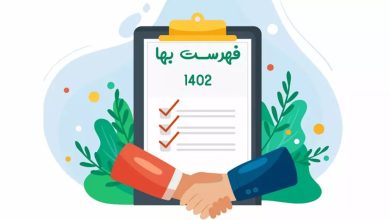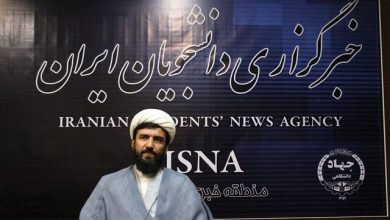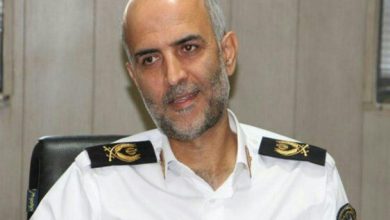Linguistics, Inscriptions and Texts Research Institute; He announced the result of studying and examining the collection of Sasanian coins seized from antiques smugglers.
According to informants, these Sasanian coins were discovered and confiscated by the police from antiquities smugglers in the city of Nahavand, Hamedan Province in 2018 and then handed over to the Hamedan Cultural Heritage Museum, which later became the Department of Ancient Languages and Ancient Language Texts. The Institute of Research, Inscriptions and Texts, carried out a project entitled “Study and Investigation of the Confiscated Sasanian Coin Collection Obtained from Nahavand” with the aim of documenting and organizing the coins of this collection and compiling an identity card for each of these coins. .
Azadeh Heydarpour – Member of the Scientific Council of the Research Institute of Cultural Heritage and Tourism and the organizer of this project Regarding the seized Sasanian coins, he said: These coins were damaged over time, such as breakage, sedimentation, distortion of surfaces, etc., and that the project to clean them and remove sediment from them was carried out by colleagues in the Hamedan Museum laboratory, and these coins are currently stored in the Hamedan Museum warehouse. be.
According to him, the Sasanian coins are one of the most important sources for understanding the art, politics and economics of the Sasanian era and contain valuable information about the text, language, the number of years of the king’s rule and the economic situation when coining. It was minted, as were the historical events that caused it to be minted.
A member of the Scientific Council of the Institute for Cultural Heritage and Tourism Research stated that the most important characteristic of Sasanian coins is the history of their minting, and stated: In the Sasanian era, when every king was sitting on the throne, the origin of the history of Sasanian minting was. His kingdom began and at the end of his rule the history of his kingdom ended.

Haiderpur said: The years of minting correct the errors and ambiguities that exist in the history of the years of kings’ rule. For example, it was mentioned in historical books that “Queen Purandakht” ruled Iran. for a term of one year and four months, while there are coins with mint years from one year to three that acknowledge a three-year term.
He pointed out that the research project to study and examine the collection of the confiscated Sasanian coins obtained from Nahavand was carried out with the aim of documenting and organizing the coins of this group, and a birth certificate was prepared for each coin according to the information obtained from Hamedan Province.
The project manager of the “Study and Review of the Collection of Confiscated Sasanian Coins Obtained from Nahavand” added: In addition to the characteristics of the coins, these birth certificates include the copying, writing and translation of the inscriptions on the front and back of the coins. Birth certificates are arranged in order of monarchs and based on the year the coins were minted.
A member of the scientific body of the Institute of Cultural Heritage and Tourism Research stated that the largest number of coins in this group belongs to “Khosrow II”, “Hormuz IV” and “Khosrow the First”, and coins are considered important in them.
Haiderpour said: The data for this research was compiled based on the chronology of monarchs and mints (alphabetical – year of minting), as well as graphs based on years of minting and number of coins in the Nahavand collection.
the end of the letter










